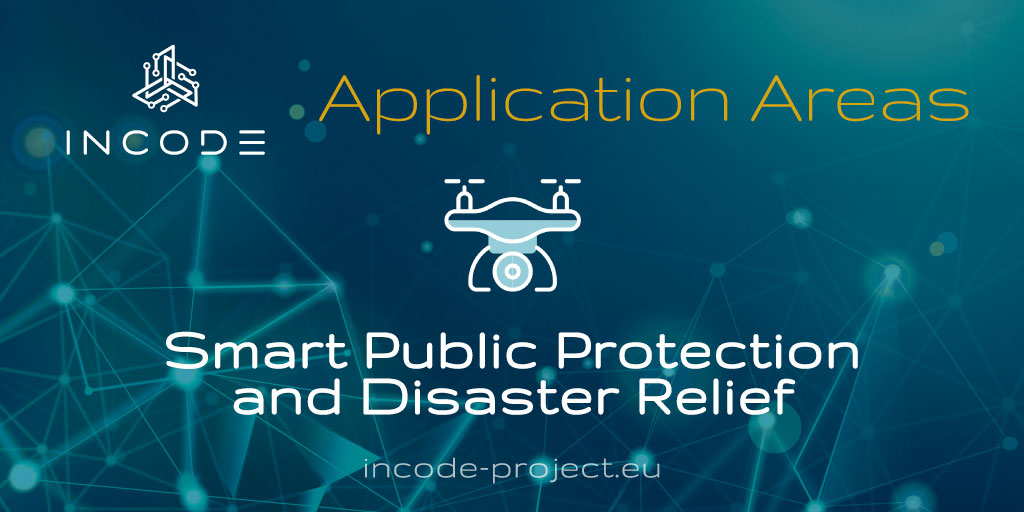A Deep Dive Into INCODE’s Application Areas: Smart Public Protection and Disaster Relief
his article is part of a series of deep dives into INCODE’s application areas. Today we present Application Area 4, which focuses on Smart Public Protection and Disaster Relief (PPDR).
Introduction
INCODE’s Application Area 4 aims to improve human search and rescue operations for smart PPDR, whilst validating the INCODE’s Internal Developer Platform (IDP) and promoting the adoption of INCODE’s Edge-to-Cloud continuum. To achieve these goals, UWS Beyond 5G Hub and University of Patras, supported by K3Y, have been investigating and developing two use cases that demonstrate how Unmanned Aerial Vehicle (UAVs) and Unmanned Ground Vehicles (UGVs) can collaborate to efficiently find and locate a missing people or victim, and deliver the help on time to save lives.
Use Case and Application Scenario
The use cases in Application Area 4 explore cutting-edge technologies and platforms to facilitate the collaboration between UAV(s) and/or UGV(s) focusing on ground robot(s) so that they can cooperate in a complementary way to enable highly real-time, efficient, and effective search and rescue operations, with the support of the INCODE infrastructure and platform.
In a typical scenario, the operation centre receives a notification regarding one or more missing victims in a concerned area because of an emergency. In response to the emergency, the operation centre sends one or more UAVs and ground robots to the area to launch a collaborative search and rescue operation. The UAVs will utilise the onboard camera(s) and AI-based human detection services deployed in the edge(s) of the communication network. Once a victim is detected, the UAV can notify the ground robot of the location (coordinates) of the victim. The informed ground robot is then able to reach the identified location and deliver a first-aid kit to the victim. Moreover, UAVs can cooperate to speed up the search e.g., by covering different zones in the search area. These UAVs and UGVs will be able to communicate through 5G connectivity and benefit from the localised services provided from the edges in the 5G infrastructure.
INCODE unique contribution
The unique contributions of INCODE in this use case are multi-fold. Firstly, in the use case design and development phase, the localised services including the AI human detection and supporting services such as video processing are developed in an advanced approach in INCODE’s IDP where advanced features such as Infrastructure as Code and code acceleration are enabled. Secondly, in the deployment phase, the services can be deployed on demand by the INCODE platform, and the resources are managed in a more agile manner across the edges. Thirdly, in the operation phase, smooth collaboration between UAVs and between UAVs and UGVs are enabled through infrastructure-based, Edge-to-Cloud continuum communications.
More About the Lead of Application Area 4
The UWS team is a well-established R&D team in the areas of 5G/6G technologies and use cases. In recent years, the team has been actively playing various leading roles in multiple relevant EU and national projects, as 5G/6G technology providers and/or use case leaders. EU projects include 5G Phase 1 project SELFNET (2015-2018), 5G Phase 2 project SliceNet (2017-2020), 5G Phase 3 projects 5G INDUCE, 6G BRAINS and ARCADIAN-IoT (2021-2024), and 6G Phase 1 projects INCODE, RIGOUROUS and 6G PATH. For UK projects, examples are CENSIS projects AALART (2015-2016), SmartRPAS (2018-2019), and SmartCrane (2020) and NG-RPAS (2021-2022).
Find out more about the Application Area 4 in the dedicated webpage

